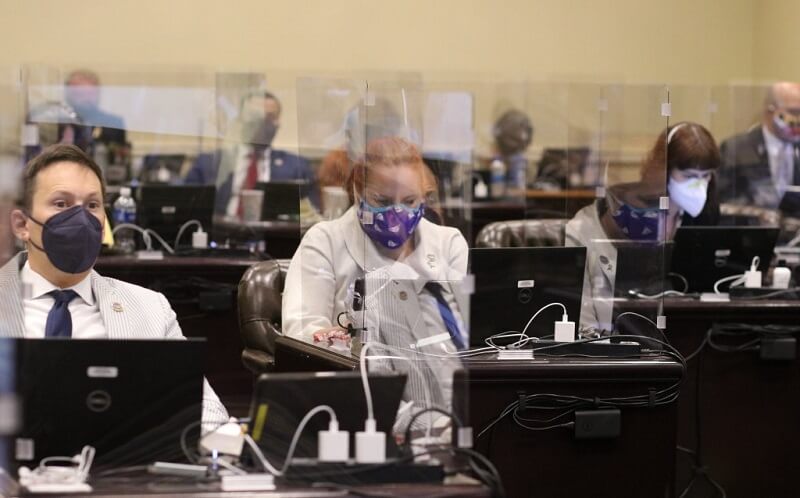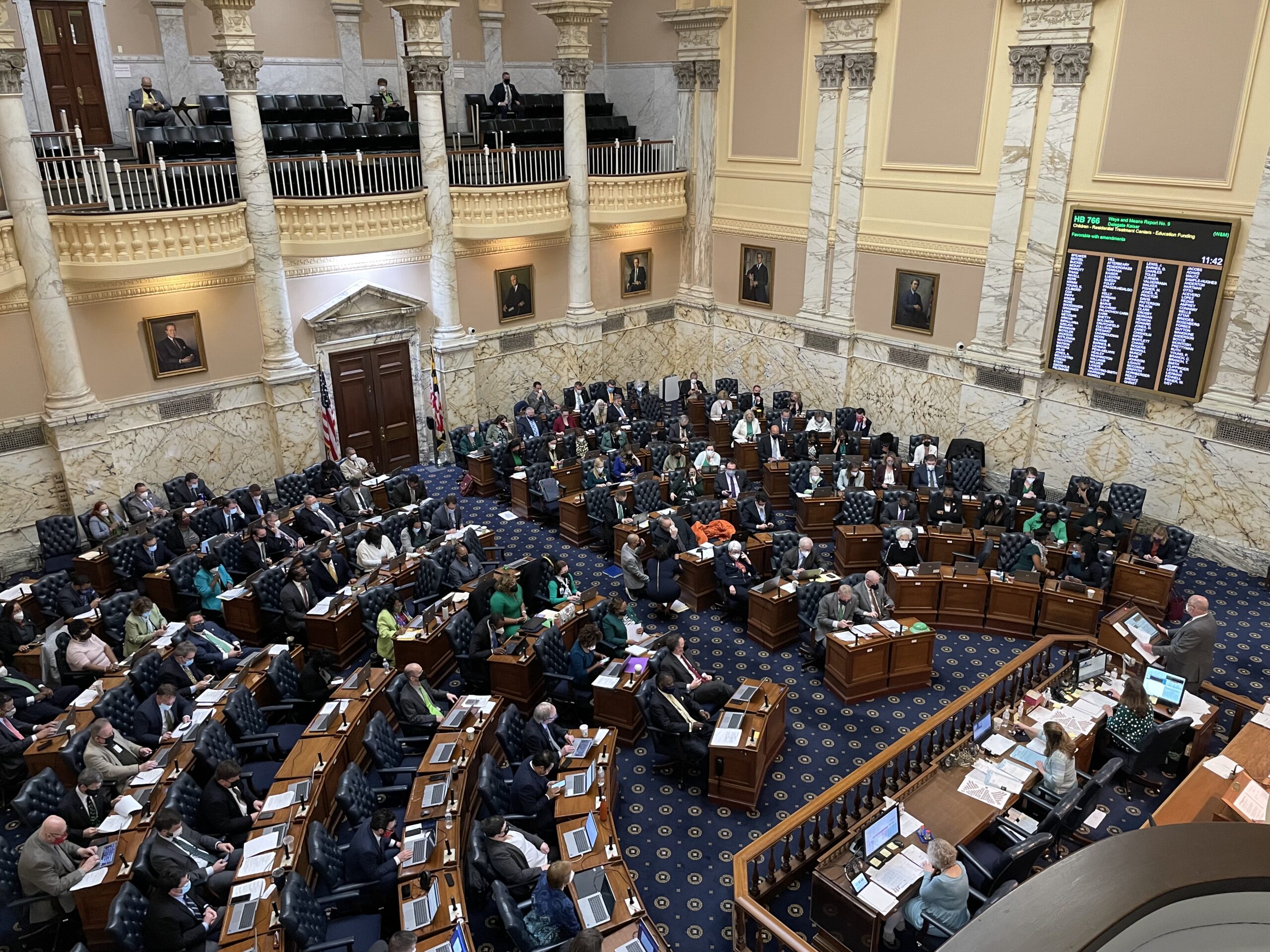
At the end of May, Gov. Larry Hogan issued his last round of legislative decisions, vetoing more than 20 bills in total and letting hundreds of others go into effect without his signature, bringing to an end the state’s legislative work this year.
It was a year like no other. The legislature held its full 90-day session in Annapolis during the pandemic and accomplished a great deal. Senate President Bill Ferguson and House Speaker Adrienne Jones deserve credit for establishing strict health protocols that helped avoid a COVID-19 outbreak and kept legislators, staff, media and the public safe.
Now that we appear to be on the road to whatever is normal, what can we learn from this stress test for democracy?
The locked-down legislative session made it challenging for the public to have direct contact with their elected representatives. With the State House campus essentially closed, advocates had few opportunities to buttonhole lawmakers and literally lost the ability to lobby, a term created to describe the influencers lingering in public spaces around the lawmaking chambers.
That meant missed opportunities, as so much discussion and debate takes place in person, in quick encounters in the hallways or on the State House grounds — especially at crunch time when final decisions on legislation are made quickly.
While those with special access to lawmakers, like cell phone numbers, had a leg up in at least their ability to reach out to lawmakers. Those without that access scrambled to get the attention of decision-makers.
At the same time, the use of technology during the remote session also opened doors for advocates and the public to reach lawmakers in new, modern ways.
Maryland state government upped its game, allowing everyone to generally view not only committee and subcommittee hearings but also work groups and voting sessions.
In past years, public hearings on each bill could drag on for hours, with little way of scheduling, making it hard if not impossible for members of the public to participate. But the new ability of people to testify virtually, or to file written testimony online, opened a new avenue of democracy for Marylanders who can’t easily spend a day in Annapolis in order to have their two minutes to speak in a hearing.
The General Assembly should maintain and expand this approach to break down barriers to participation and strengthen our democracy.
But as feared, without being in person, it was sometimes difficult for the public to be heard. The backrooms became more exclusive as high-paid lobbyists had access that was not only unseen but also unheard and unobserved. And it was easier than usual for some legislators to pick and choose who they engaged or met with.
Grass-roots activism also took a hit.
Letters, calls and social media are helpful but nothing beats constituents and advocates showing up and finding their legislators to chat. The rules this year also prohibited one of the public’s most powerful tools — mass lobby days and rallies outside the State House that attract hundreds or thousands of people making a highly visible case for policy change.
The legislature’s impressive commitment to digital openness did have some glitches.
The House and Senate had differences in how they shared information; and there were inconsistencies among the various committees, where much policy work gets done, making it hard for professional advocates, let alone the public, to participate.
Some committees, for example, live-streamed important workgroup sessions; others did not. Written testimony wasn’t publicly available online until a bill had already left committee, making it hard to assess the arguments being made for or against a bill.
The new model for hearings had the benefit of efficiency and ease of viewing, but also limited the number of people that were able to speak directly on bills they supported or opposed; supporters were mostly hand selected by bill sponsors and opposition was largely a lottery.
Engaged Marylanders watched in dismay as workgroup sessions ended with one version of a bill only to have another version when sessions resumed or hastily scheduled voting sessions taking place with no further opportunities for comment. This all suggested that real work was happening outside the public eye. Technical delays also meant legislators often voted on amendments that the public had no access to.
In many ways, these examples are no different than a usual year in the legislature, but the opacity of the process was more apparent and glaring to watch and fuels a call for more transparency.
Moving forward, we need to preserve the good things from the unprecedented 2021 session, as well as consistency across chambers and committees.
Open government is a journey, not a destination.
As we expand tools to create transparency, new cracks will inevitably emerge. It’s on all of us to actively participate and constantly expect more from our legislators and systems of government.
Our democracy is only as strong as we demand it to be.
— EMILY SCARR
The writer is Maryland PIRG state director. Her email is [email protected].





 Creative Commons Attribution
Creative Commons Attribution